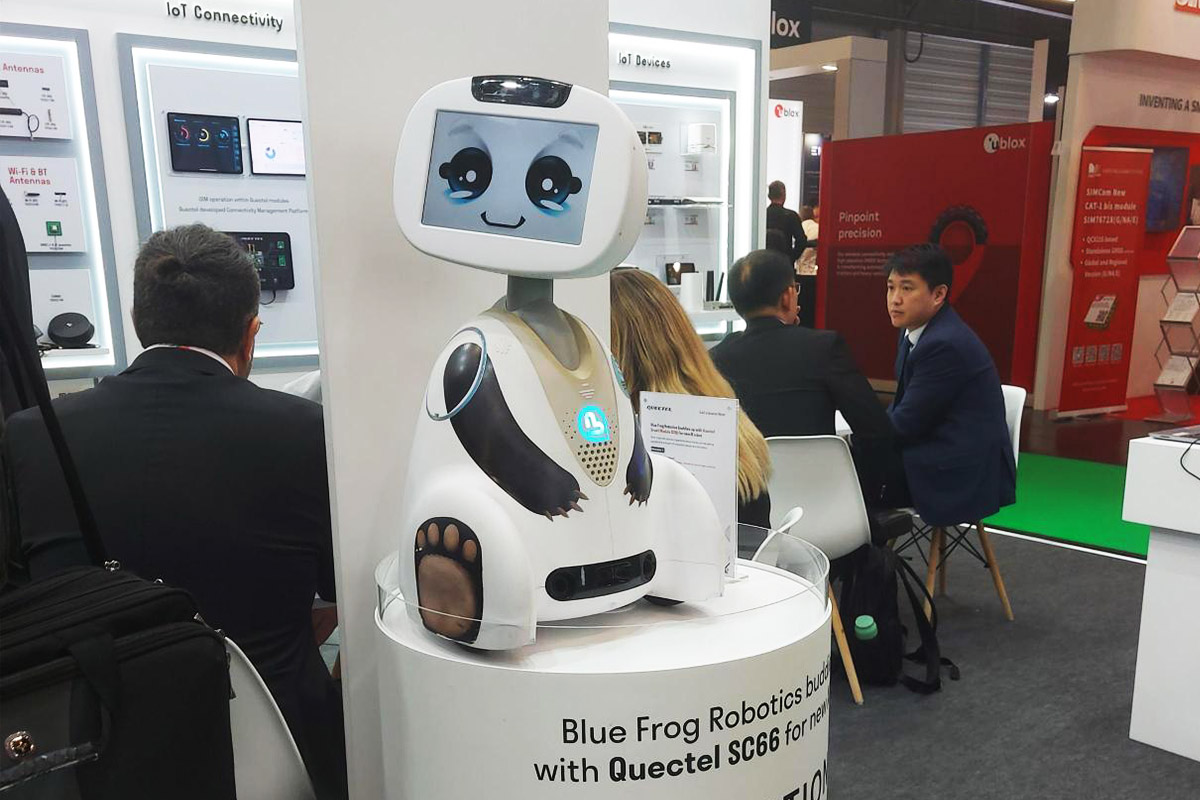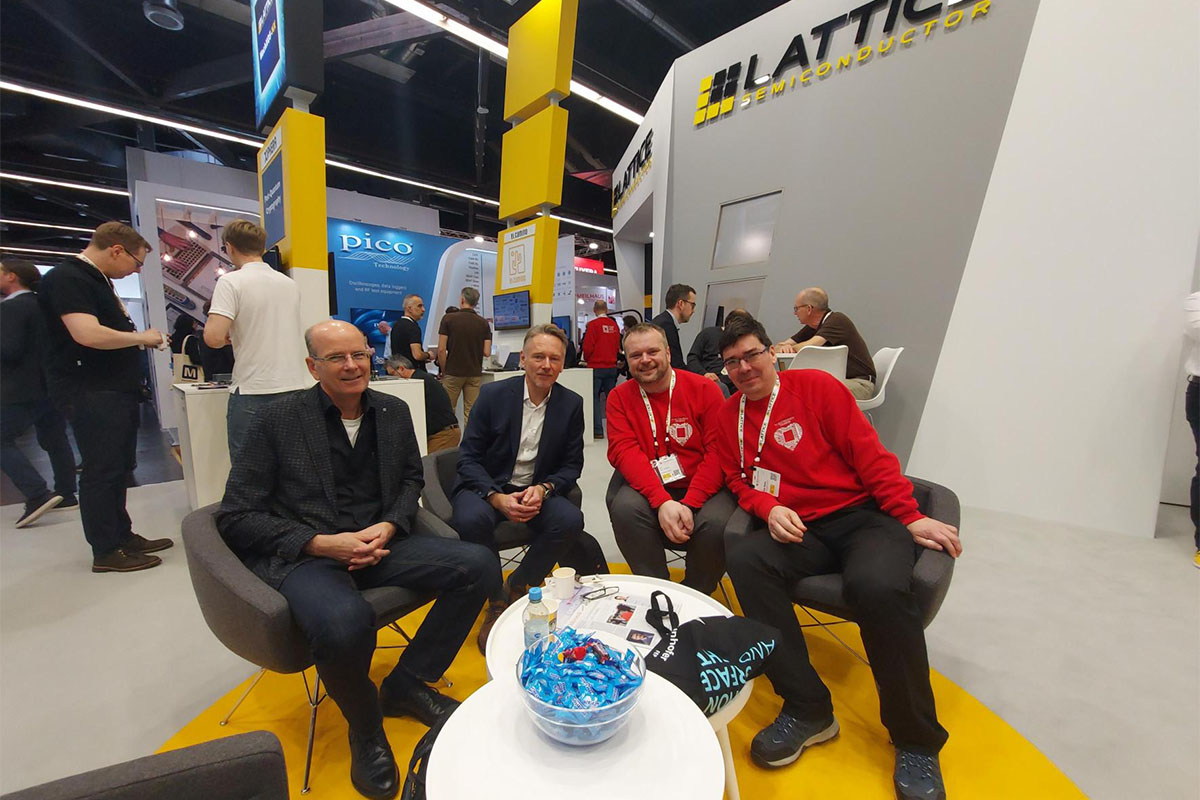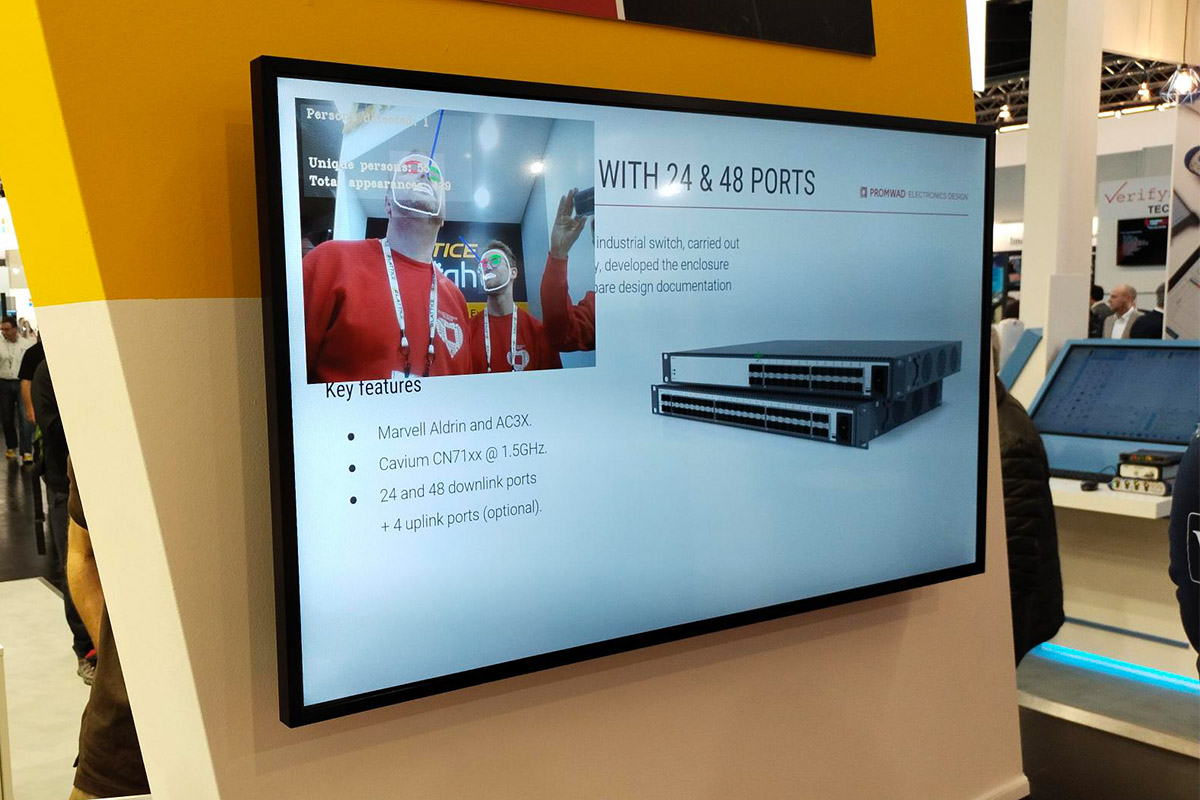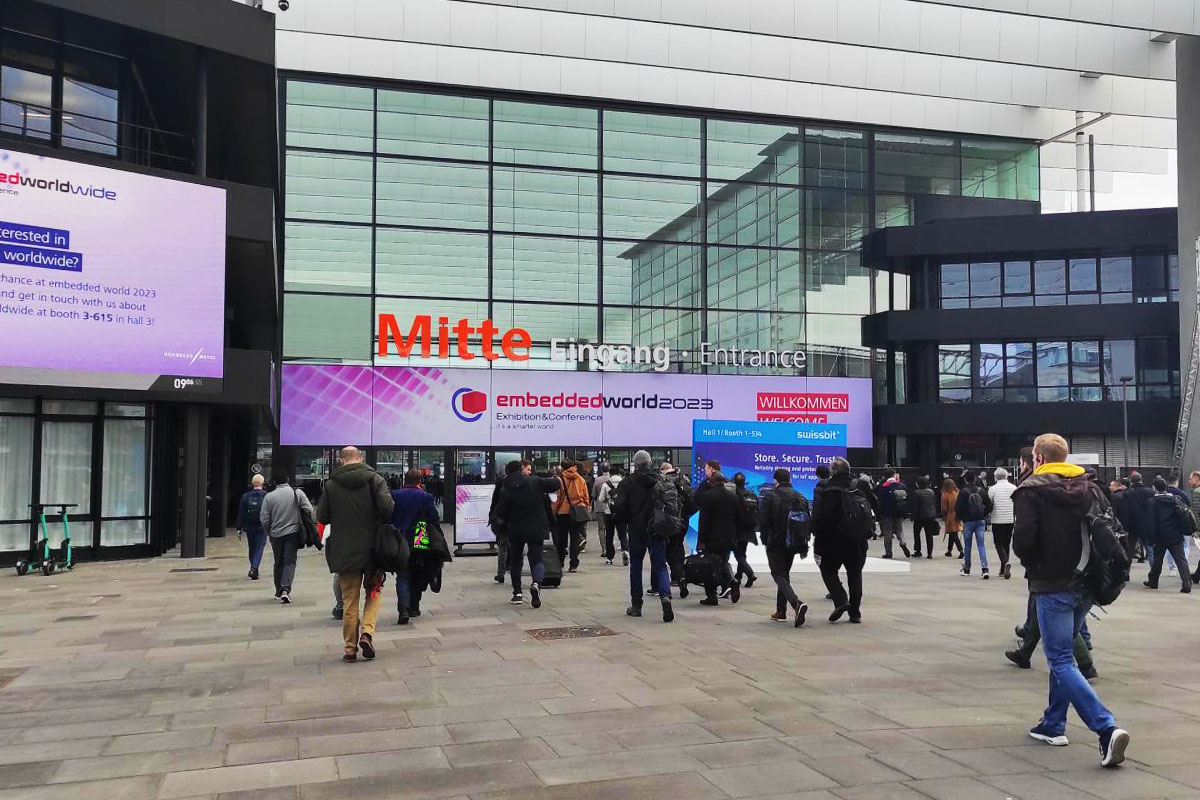EW 2023 Highlights: Smart Systems with Edge AI, Security, RISC-V & AI MCU

Today, 16 March, Embedded World 2023 came to an end in Nuremberg, where we showcased our designs and discovered the latest technology from engineering companies worldwide. What surprised us? What trends did we notice?
As we mentioned earlier, we exhibited this year as a partner of Lattice and presented our engineering approach to designing edge AI systems for smart cities to monitor traffic and resources in real-time. Such a system is a low-latency communication network of low-cost and high-performance sensors installed in buildings, roads, and vehicles.
Shows like Embedded World 2023 have hundreds of companies and thousands of exhibits on display — software and hardware platforms, mass-produced systems and prototypes. The number of meetings and incoming information within two days is at the limit of what is possible. So we decided to make life easier for our blog readers and present our list of trends and promising technologies that will drive engineering projects this year:
- Edge AI. We have no doubt about putting edge computing with AI at the top of the list. Vendors have introduced many solutions in this area, including new advanced FPGA by Lattice and such processors as Cortex-M85 (Renesas showed AI running on it for the first time).
- Sensor Fusion. We see a growing need for the integration of more sensors, lidars, radars, and more efficient networks.
- Hardware & software security, voice authentication.
- Distributed intelligence, 5G & IoT deployments. Here is just one example: Qualcomm introduced their new IoT processors and SOMs with 5G integrated.
- Computer vision and robotics.
- Deep learning models to microcontrollers (AI MCU). TinyML is an example of the technical implementation of this trend. Also, STMicroelectronics is about to launch STM32N6, its MCU with a dedicated AI accelerator-on-chip with stunning 314fps. This new microcontroller will run a custom version of YOLO.
- Software-defined architectures. Companies move from hardware-centric to software-centric architectures.
- Open computing with RISC-V. Members of the RISC-V community showed at EW2023 the power of open collaboration on product successes across their RISC-V ecosystem.
- Analogue system design and energy optimisation are one of the focuses for NXP and other vendors.
- First rust compiler for Aurix by Infenion. With this technology, the Rust programming language can be used to develop applications for industrial automation and the automotive industry.
We admit that this list is highly subjective, so we invite you to join the discussion on our LinkedIn and add your own thoughts in the comments on what technologies will be game-changers for embedded systems development.












